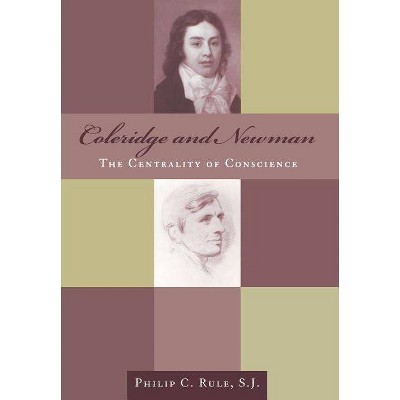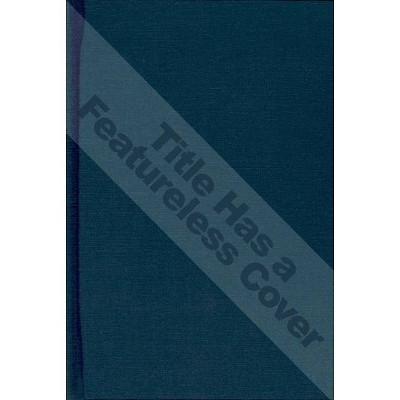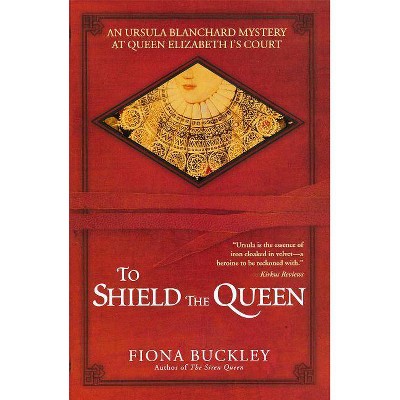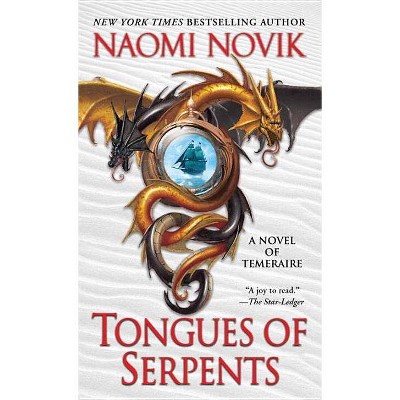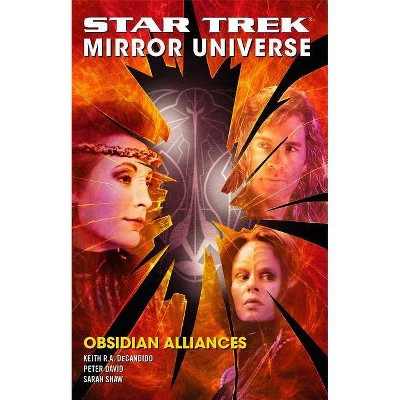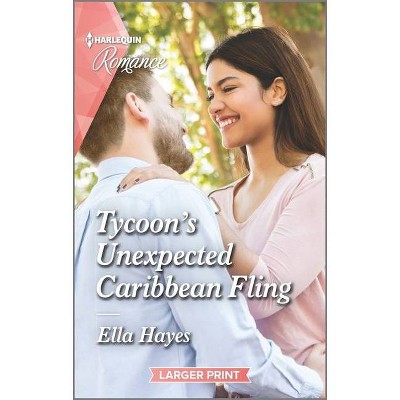Dictionary of Midwestern Literature, Volume 1 - by Philip A Greasley (Hardcover)

Similar Products
Products of same category from the store
AllProduct info
<p/><br></br><p><b> About the Book </b></p></br></br>Another is to provide information on writers from the early years of the Midwestern experience, as well as those now emerging, who are typically absent from existing reference works.<p/><br></br><p><b> Book Synopsis </b></p></br></br><p>The Dictionary of Midwestern Literature, Volume One, surveys the lives and writings of nearly 400 Midwestern authors and identifies some of the most important criticism of their writings. The Dictionary is based on the belief that the literature of any region simultaneously captures the experience and influences the worldview of its people, reflecting as well as shaping the evolving sense of individual and collective identity, meaning, and values. Volume One presents individual lives and literary orientations and offers a broad survey of the Midwestern experience as expressed by its many diverse peoples over time.<br>Philip A. Greasley's introduction fills in background information and describes the philosophy, focus, methodology, content, and layout of entries, as well as criteria for their inclusion. An extended lead-essay, "The Origins and Development of the Literature of the Midwest," by David D. Anderson, provides a historical, cultural, and literary context in which the lives and writings of individual authors can be considered.<br>This volume is the first of an ambitious three-volume series sponsored by the Society for the Study of Midwestern Literature and created by its members. Volume Two will provide similar coverage of non-author entries, such as sites, centers, movements, influences, themes, and genres. Volume Three will be a literary history of the Midwest. One goal of the series is to build understanding of the nature, importance, and influence of Midwestern writers and literature. Another is to provide information on writers from the early years of the Midwestern experience, as well as those now emerging, who are typically absent from existing reference works.</p><p/><br></br><p><b> Review Quotes </b></p></br></br><br><p>[A] unique coverage of the body of literature that communicates the experience, values, and images of the U.S. heartland.</p>-- "Booklist"<br><br><p>[In a] insightful introductory essay, [David] Anderson [states] 'Perhaps the most telling of any statistic in assessing the significance of the Midwest and its literature at the end of the twentieth century is the fact that since the inception of the Nobel Prize in literature in 1901 it has been awarded to eight American writers. Four of these eight have been Midwesterners whose origins are integral to their work'.</p>-- "Journal of American Cultures"<br><br><p>[S]uggests the vitality of the midwestern contribution to literature.</p>-- "Indiana Magazine of History"<br><br><p>[This] volume fills a useful niche on the uncrowded shelf of guides to midwestern writing.</p>-- "Annals of Iowa"<br><br><p>Dictionary of Midwestern Literature offers the best guide to midwestern writers.</p>-- "Literary Research Guide"<br><br><p>For every library.</p>-- "LIBRARY JOURNAL"<br><br><p>Reading the entire span of this volume gives the reader a valuable cross-sectional view of a region and its literary culture. . . Volume One of the Dictionary will prove a valuable reference tool for scholar and student alike.</p>-- "Journal of the Midwest Modern Language Assn."<br><br><p>The first volume of the Society for the Study of Midwestern Literature's ambitious set is to be followed by a second, which will be concerned with nonauthor entries (sites, centers, movements, themes, genres) and a third, a literary history of the Midwest. Volume one concentrates on the lives and writings of nearly 400 Midwestern writers defined very broadly (e.g., Frank Lloyd Wright for his autobiography and architectural writings and Hugh Nissenson, who never lived in the Midwest but was influenced by Mark Twain in writing The Tree of Life, which received the 1986 Ohioana Book Award for fiction). The introduction defines the Midwest, states the criteria for inclusion, and gives an overview of literary development in the Midwest and a chapter on the origins and development of Midwestern literature. Entries in the dictionary follow a standard format: the author's dates, a biography, an estimate of the author's significance, and bibliographies of selected works and criticism. Entry length depends on the significance of the author (Saul Bellow, five pages, Andrew Blackbird, one and a half, Rita Dove, two), but all are generous. Many entries include portraits. The appendix lists recipients of the Society's MidAmerica Award and gives the rationale for each choice. A roster of the 117 contributors includes their qualifications and experience. The book ends with a 95-page index of names and literary works. This book will find use in every library, by users ranging from general readers to researchers.December 2001</p>--R. P. Sasscer "Catholic University of America"<br><br><p>This book will find use in every library, by users ranging from general readers to researchers.</p>-- "Choice"<br><p/><br></br><p><b> About the Author </b></p></br></br><p>Philip A. Greasley, Associate Professor of English and Dean of the University Extension, University of Kentucky, is author of numerous articles on American writers and poets. He is past president of the Society for the Study of Midwestern Literature and the winner of the first Midwest Heritage Prize, established and funded by Gwendolyn Brooks.</p>
Price History
Price Archive shows prices from various stores, lets you see history and find the cheapest. There is no actual sale on the website. For all support, inquiry and suggestion messagescommunication@pricearchive.us


